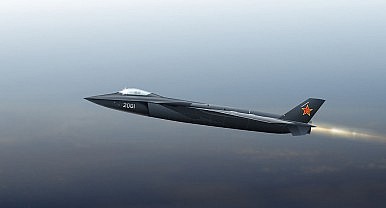By Chayanika Saxena
US President Donald Trump unveiled his much-touted Afghan policy on 21 August 2017. Trump announced to adopt a condition-based policy instead of a calendar-driven agenda, a moderate troop surge (4,000 soldiers), putting Pakistan on the spot for hosting the Taliban and urging India to play a larger economic role in conflict stabilization. New Delhi has welcomed Trump’s Afghan policy with cautious optimism as it does not address all of India’s concerns.




/cdn.vox-cdn.com/uploads/chorus_image/image/56884005/848823254.0.jpg)
